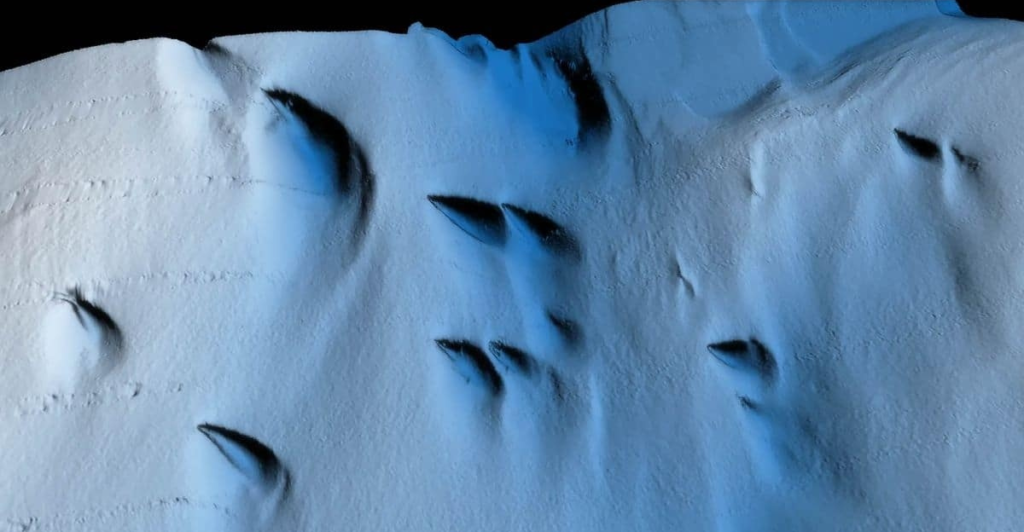
The fate of the autonomous deep-diving submersible Ran beneath the Dotson Ice Shelf in Antarctica marks a pivotal moment in polar exploration. Over 27 days, using advanced multibeam sonar, Ran mapped more than 1,000 kilometers of the ice shelf’s underside, uncovering features like ridges, valleys and swirls that had never been seen before. These results raise questions about existing models of glacial melting, indicating that current patterns below the water and the Coriolis effect have an even greater role than we’d realized. The mission, which was part of the TARSAN project, focused on understanding the dynamics of the Thwaites and Dotson glaciers, which are crucial to the global rise of sea levels. Despite Ran’s disappearance, the data collected provides invaluable insights into the complexities of Antarctica’s icy underworld.
Ran’s Mission
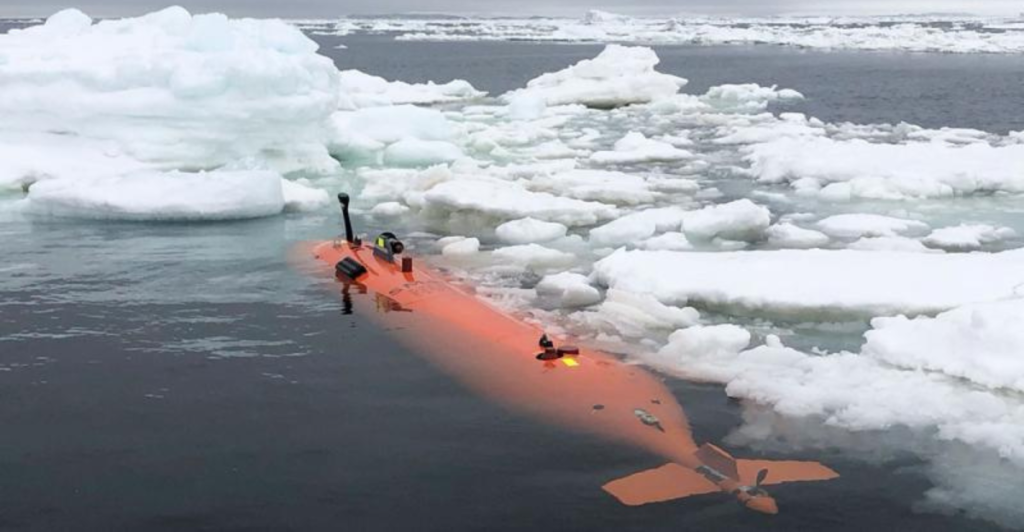
Antarctica has been a frontier of scientific discovery for decades, but its ice shelves remain largely unexplored. Previous studies had relied on satellite images and ice cores, which provided limited resolution.
Ran’s mission is a technological step forward, delivering the first high-resolution maps of an ice shelf’s underside. This accomplishment builds on decades of polar research, dating back to the first Antarctic expeditions in the early 20th century through contemporary satellite-based studies.
The mission’s findings highlight the importance of direct observation for understanding glacial dynamics, a lesson learned from historical explorations that often revealed unexpected complexities.
Technological Breakthrough
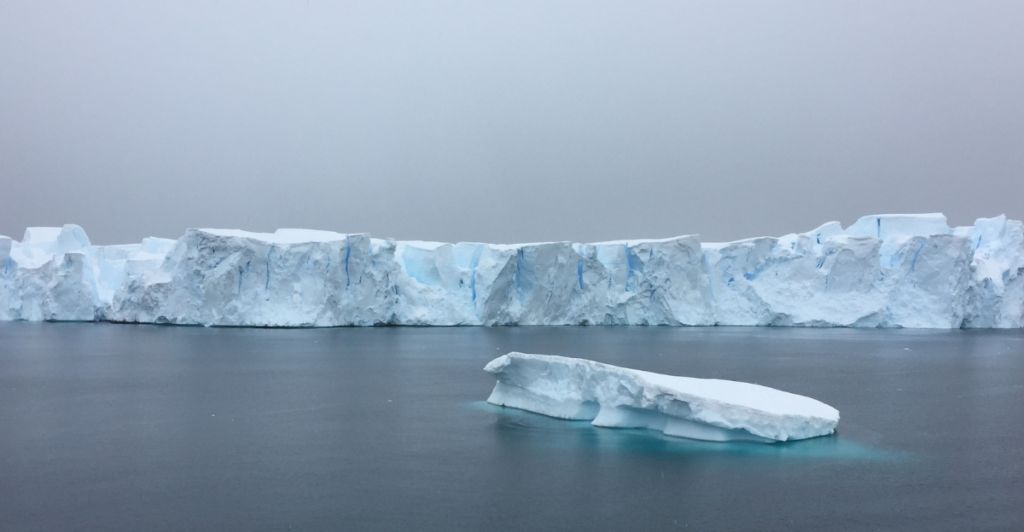
Ran’s advanced sonar technology allowed it to navigate and move through the rocky terrain beneath the Dotson Ice Shelf, capturing detailed images of the ice’s underside.
This technology, combined with the submersible’s autonomy, enabled researchers to reach areas that were not accessible in the past. The mission’s success demonstrates the capabilities of autonomous underwater vehicles (AUVs) for polar expeditions, which provide a safe, economical, and efficient alternative to manned missions.
However, Ran’s disappearance also highlights the difficulties of working in such extreme conditions, where communication and navigation are severely limited.
The Scientific Implications

Researchers discovered intricate ice structures below the Dotson Ice Shelf that contradict previous theories on glacial melting. Underwater currents, along with the Coriolis effect, create unique patterns, such as swirls and dune-like structures, which were previously unaccounted for in predictive models.
The findings indicate that current models may underestimate the rate of ice melt, possibly leading to a higher-than-expected sea level rise. Understanding these processes is essential for improving climate predictions and producing strategies to combat the effects of global warming.
Environmental Impact
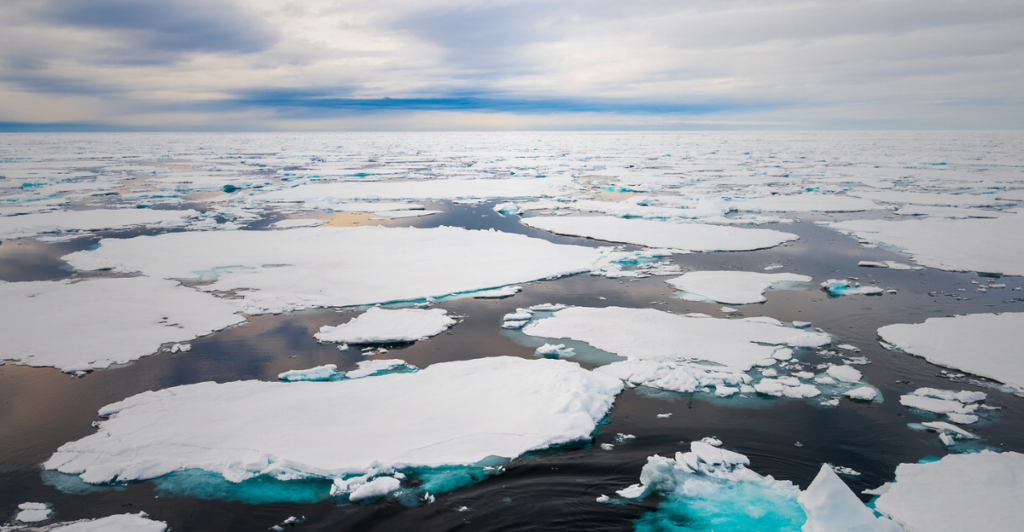
The melting of Antarctica’s ice shelves has huge implications for sea levels around the world. The Thwaites and Dotson glaciers alone could add several feet to the rising oceans, putting millions of people in coastal communities at risk.
Ran’s mission will yield critical data on the processes driving ice melt, offering insights that could help refine sea level rise projections. This information is crucial for policymakers and planners tasked with developing adaptation options to safeguard susceptible groups from impacts associated with climate change.
Challenges and Risks
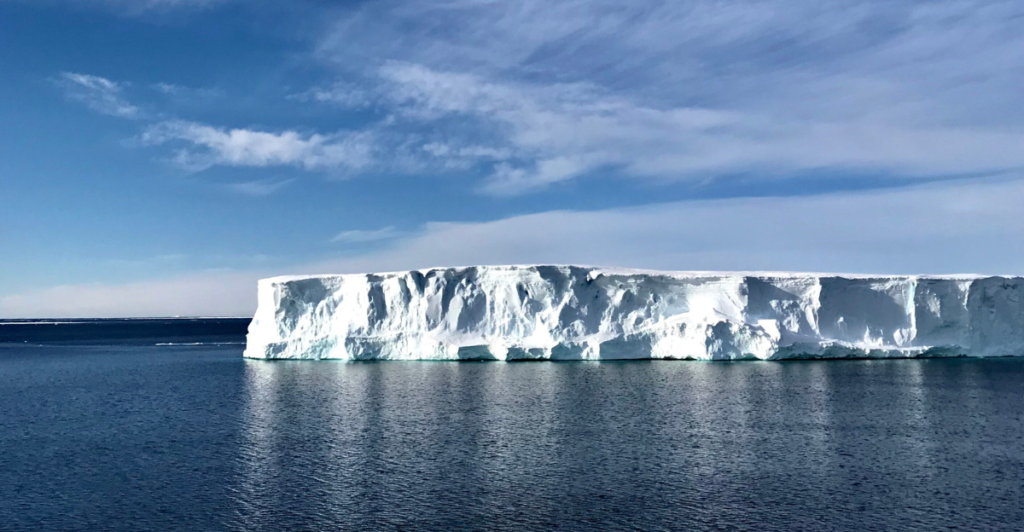
Operating under Antarctica’s ice shelves is not without its challenges, from the extreme cold to a lack of communication. Ran’s disappearance draws attention to the risks of such missions, in which equipment losses can delay crucial research.
Despite these challenges, the possible benefits—better insights into glacial dynamics and more precise climate models—are worth the risks. Future missions will need to address these challenges with technological innovations and robust contingency planning.
International Collaboration
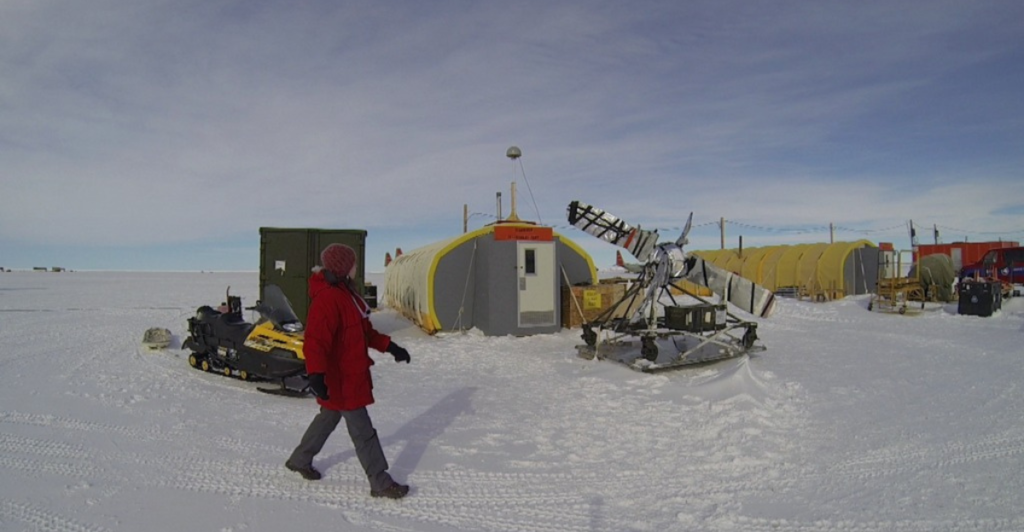
The TARSAN project—which also includes researchers from the University of Gothenburg and other international institutions—highlights the significance of global collaboration for polar research.
These partnerships combine resources and expertise, allowing for ambitious missions such as Ran’s. The project’s findings will ultimately benefit the global scientific community, providing data that can be used to refine climate models and inform international policy on climate change. This collaborative approach is crucial to addressing the intricate problems resulting from Antarctica’s rapidly changing environment.
Future Directions
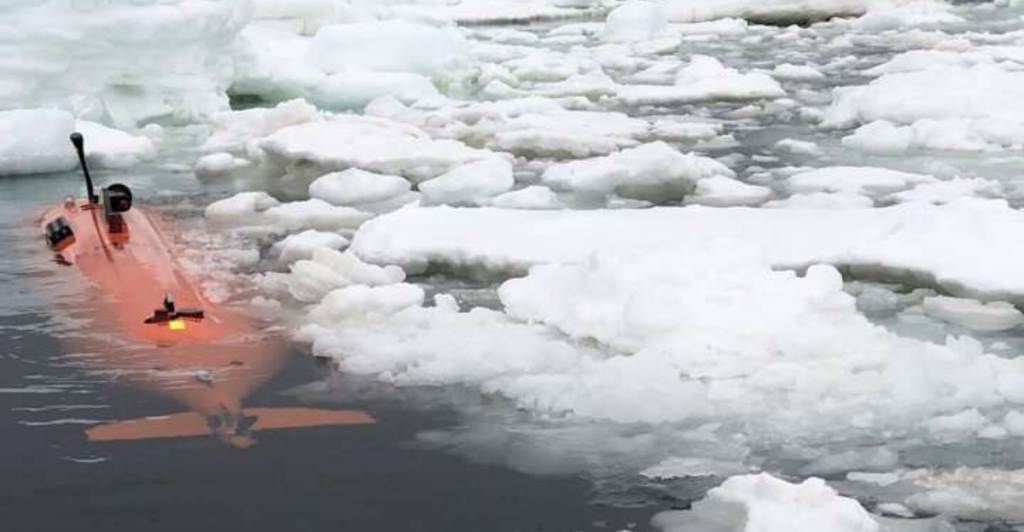
Ran’s mission has unlocked new possibilities for polar research, but many questions remain unanswered. Future missions will need to explore other ice shelves and map additional features, and investigate the role of underwater currents in greater detail.
These efforts will rely crucially on advances in AUV technology, particularly for navigation and communication systems. Merging data from multiple sources, from satellites to ice cores, will offer a more comprehensive understanding of Antarctica’s ice dynamics.
Broader Implications
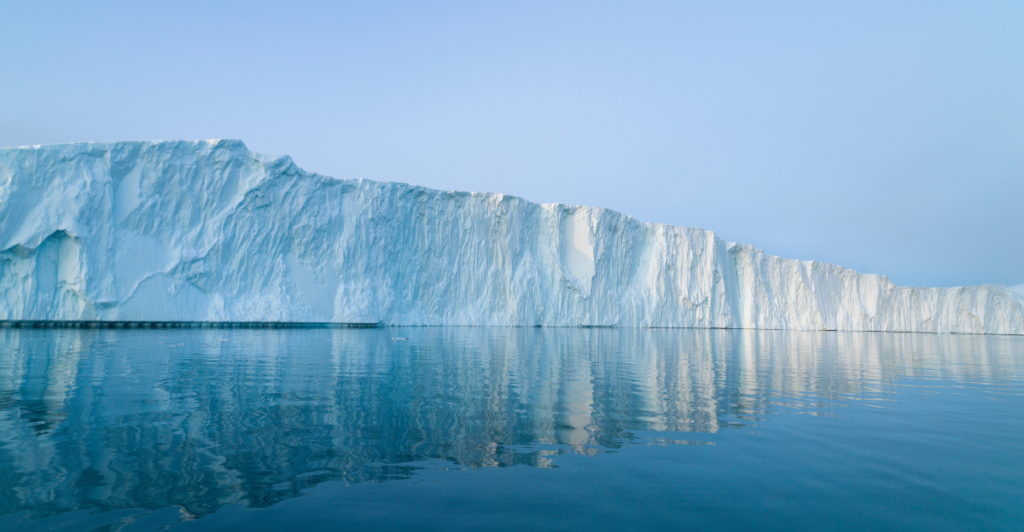
The insights gained from Ran’s mission extend beyond Antarctica, offering insights for understanding other frozen environments, including the Arctic and high-altitude glaciers.
The techniques and technologies developed for this mission could be adapted for use in other extreme settings, from deep sea trenches to extraterrestrial ice caps.
This research also underscores the importance of continued investment in polar science, which ultimately has implications for global climate policy, disaster preparedness, and space exploration.
A Major Acheivement
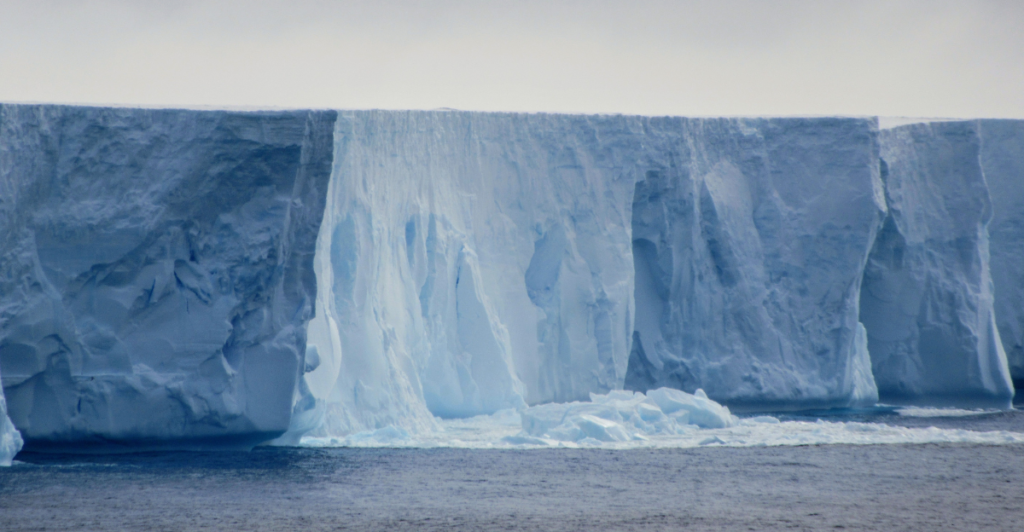
The purpose of Ran’s mission beneath the Dotson Ice Shelf mission is a major achievement for polar exploration, providing unprecedented insights into the glacial melting process.
Despite the submersible’s disappearance, the data it collected has already raised questions about existing theories and highlighted the complexities of Antarctica’s icy underworld.
This mission underscores the importance of technological innovation, international collaboration, and sustained investment in polar research. As the world grapples with the impacts of climate change, understanding the processes behind ice melt is increasingly important. Ran’s legacy will inspire future missions, paving the way for new discoveries that could shape our understanding of the planet’s frozen frontiers.
Explore more of our trending stories and hit Follow to keep them coming to your feed!

Don’t miss out on more stories like this! Hit the Follow button at the top of this article to stay updated with the latest news. Share your thoughts in the comments—we’d love to hear from you!







